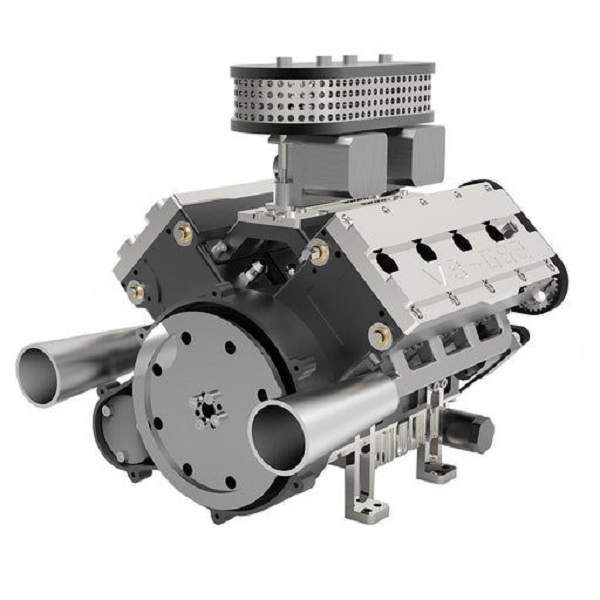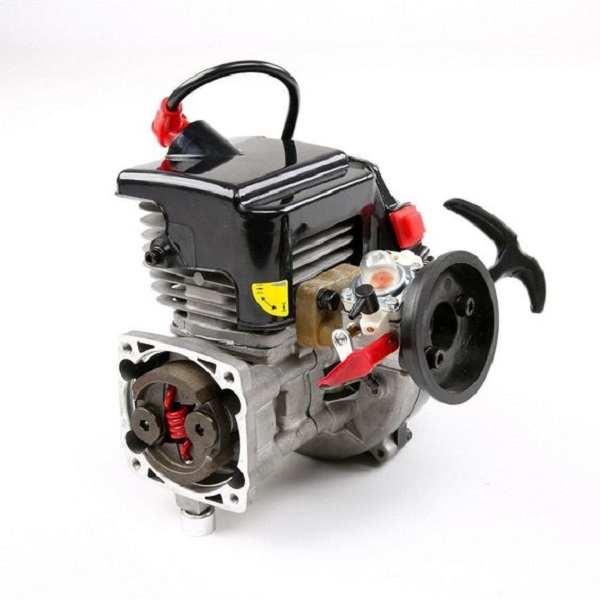The engine light on your dashboard can be a source of anxiety. It’s a warning that something might be wrong with your vehicle, and while it’s not always a reason to panic, understanding how to address it is crucial. In this guide, we’ll walk you through the steps to clear the engine light effectively, using insights from top sources in the industry.
Understanding the Engine Light
What Does the Engine Light Mean?
The engine light, also known as the Check Engine Light (CEL), is a key indicator of your vehicle’s health. When this light illuminates, it signals that the vehicle’s onboard diagnostic system (OBD-II) has detected an issue. The problem could range from a minor issue like a loose gas cap to more serious concerns such as engine misfires or transmission problems.
Different Types of Engine Lights
- Solid Light: A solid engine light usually indicates a non-critical issue. It’s best to schedule a service soon but it might not require immediate attention.
- Flashing Light: A flashing engine light is more urgent and often signifies a serious problem that requires immediate attention. This could be related to the engine’s performance or emissions system.
Diagnosing the Problem
Using an OBD-II Scanner
One of the most effective ways to diagnose why your engine light is on is by using an OBD-II scanner. These tools can read the trouble codes stored in your vehicle’s computer system, providing specific information about the issue. You can purchase an OBD-II scanner or visit an auto repair shop where professionals can perform this diagnostic for you.

Interpreting the Trouble Codes
How to clear engine light? Each trouble code corresponds to a specific issue. For example:
- P0171: System too lean (bank 1)
- P0300: Random/multiple cylinder misfire detected
Understanding these codes can help you or your mechanic determine the necessary repairs.
Common Reasons for the Engine Light
Loose or Faulty Gas Cap
One of the simplest reasons for the engine light to activate is a loose or faulty gas cap. The gas cap seals the fuel system, and if it’s not properly secured, it can cause a drop in fuel pressure and trigger the engine light. Ensure the cap is tightened or replaced if needed.
Oxygen Sensor Issues
The oxygen sensor measures the amount of oxygen in the exhaust gases and helps the engine control the air-fuel mixture. A faulty sensor can lead to poor fuel economy and increased emissions. Replacing a malfunctioning oxygen sensor can resolve this issue and turn off the engine light.
Catalytic Converter Problems
The catalytic converter reduces harmful emissions from the engine. If it fails, it can lead to increased exhaust emissions and a drop in performance. Repair or replacement of the catalytic converter is necessary to clear the engine light and restore vehicle efficiency.
Spark Plug and Ignition Coil Issues
Faulty spark plugs or ignition coils can cause engine misfires, poor acceleration, and increased fuel consumption. Replacing worn spark plugs or malfunctioning ignition coils can resolve these issues and turn off the engine light.
Steps to Clear the Engine Light
1. Check the Gas Cap
Start by checking the gas cap. Ensure it’s tightly secured and free from damage. If the cap was loose, tightening it might resolve the issue and turn off the engine light after a short drive.
2. Reset the Engine Light with an OBD-II Scanner
If you have access to an OBD-II scanner, connect it to the vehicle’s OBD-II port. Follow the scanner’s instructions to clear the trouble codes. This action resets the engine light and will turn it off if the underlying issue has been resolved.
3. Disconnect the Battery
As a last resort, you can disconnect the vehicle’s battery to reset the onboard computer. This method may turn off the engine light, but it’s important to note that it does not fix the underlying problem. Reconnect the battery and start the engine. If the light returns, further diagnostics are needed.
4. Visit a Professional Mechanic
If you’re unsure about diagnosing or fixing the issue yourself, it’s best to visit a professional mechanic. They have the tools and expertise to accurately diagnose and repair the problem, ensuring the engine light stays off.
Preventing Future Engine Light Issues
Regular Maintenance
Regular maintenance is key to preventing issues that trigger the engine light. Follow your vehicle’s maintenance schedule, including oil changes, filter replacements, and inspections.
Addressing Issues Promptly
If you notice any changes in vehicle performance, such as unusual noises or decreased fuel efficiency, address them promptly. Early intervention can prevent minor issues from becoming major problems that could trigger the engine light.
Monitoring the Engine Light
Keep an eye on your engine light and monitor any changes. If the light remains on or starts flashing, don’t ignore it. Immediate attention could save you from more extensive repairs and ensure your vehicle’s reliability.
Additional Tips for Dealing with the Engine Light
Check for TSBs (Technical Service Bulletins)
Sometimes, the engine light can be related to issues that have been identified by manufacturers. Technical Service Bulletins (TSBs) are documents issued by vehicle manufacturers that provide information on known issues and recommended fixes. Checking for any TSBs related to your vehicle can provide insights into common problems and solutions that might not be immediately apparent.

Perform a Visual Inspection
A visual inspection of the engine bay can sometimes reveal issues that may be causing the engine light to activate. Look for obvious signs of wear or damage, such as loose wires, leaking fluids, or broken components. While this method won’t diagnose the problem definitively, it can help you identify potential issues that might need further attention.
Consider a Systematic Approach
If the engine light persists and you’re unsure of the exact cause, consider taking a systematic approach:
- Start with Basic Checks: Ensure that all basic components such as the gas cap, spark plugs, and sensors are functioning correctly.
- Move to Advanced Diagnostics: If basic checks don’t resolve the issue, use an OBD-II scanner to perform more in-depth diagnostics.
The Importance of Professional Diagnosis
When to Seek Expert Help
While some engine light issues can be resolved with simple fixes, others may require expert diagnosis. How to clear engine light? Seek professional help if:
- The engine light remains on after performing basic checks.
- The light is flashing, indicating a serious issue.
- You’re unsure of the diagnostic codes or how to address them.
Choosing a Reliable Mechanic
When selecting a mechanic, consider the following:

- Certifications: Look for ASE-certified technicians who have proven expertise in automotive repair.
- Reputation: Read reviews and ask for recommendations to find a reputable repair shop.
- Experience: Ensure the mechanic has experience with your specific vehicle make and model.
Understanding the Cost of Repairs
Typical Repair Costs
Repair costs can vary significantly based on the issue. Here are some average costs for common repairs:
- Gas Cap Replacement: $10 – $30
- Oxygen Sensor Replacement: $200 – $300
- Catalytic Converter Replacement: $1,000 – $2,500
How to Save on Repairs
To manage repair costs, consider these tips:
- Get Multiple Quotes: Obtain quotes from several repair shops to compare prices.
- Use Coupons or Discounts: Look for discounts or promotions offered by repair shops.
- Perform Regular Maintenance: Preventative maintenance can reduce the likelihood of major issues and associated costs.
Conclusion
Clearing the engine light involves understanding the potential causes, diagnosing the problem, and taking appropriate action. Whether it’s a simple fix like tightening the gas cap or a more complex issue requiring professional repair, addressing the engine light promptly can help maintain your vehicle’s performance and safety.



